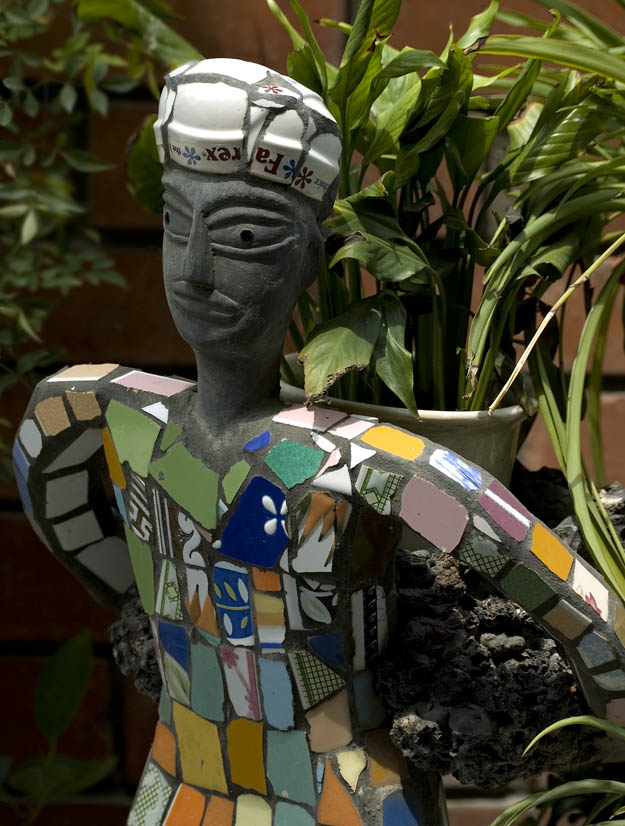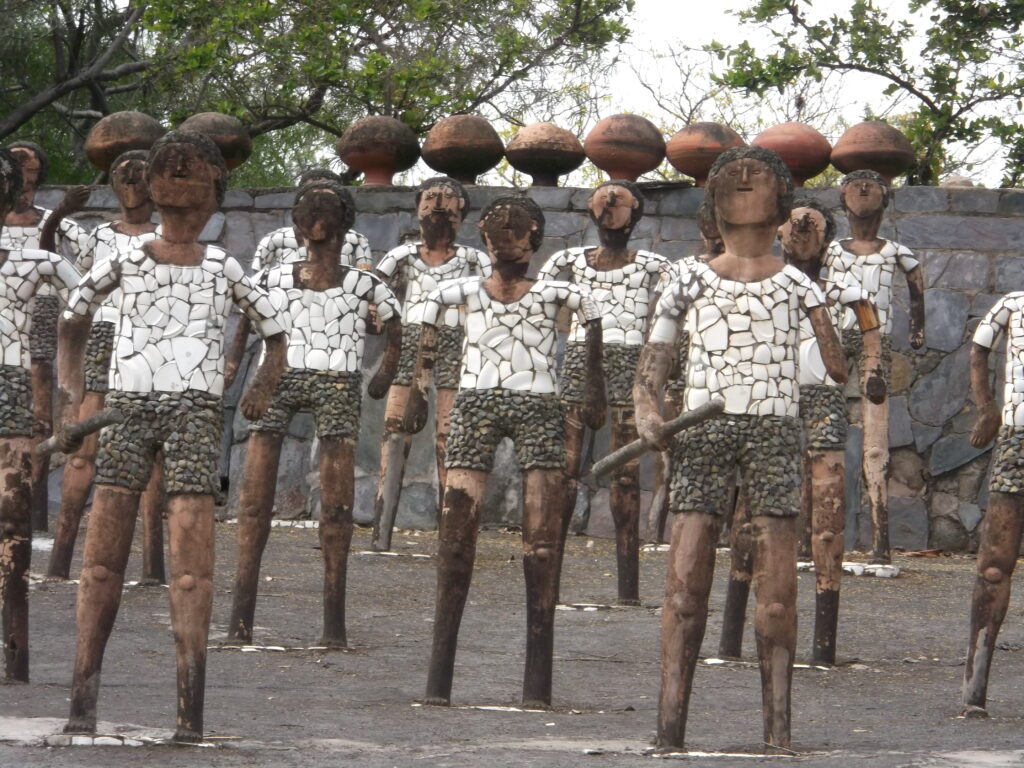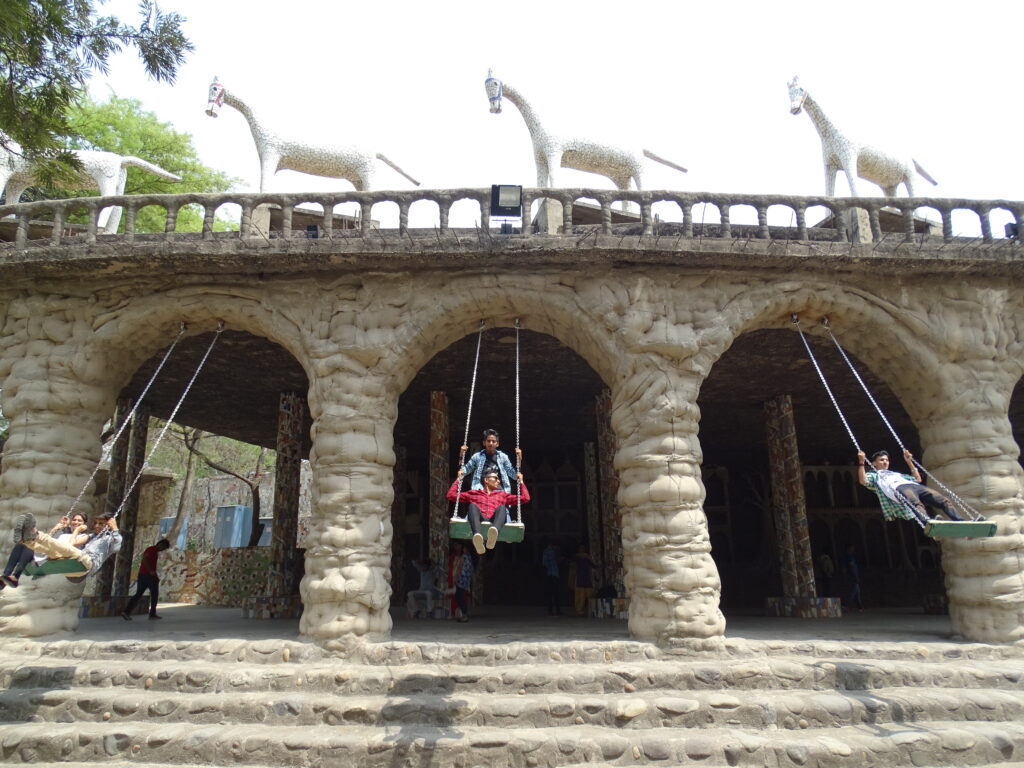Hidden amidst the city of Chandigarh, India, lies a mesmerizing world of artistic brilliance known as the Rock Garden of Chandigarh. Created by Nek Chand Saini, a humble government employee, this enchanting masterpiece has captured the hearts of millions with its intricate sculptures and unique charm. In this article, we delve into the fascinating story of Nek Chand Saini and explore the magical world he built from recycled materials and natural elements.
The Genesis of an Artistic Dream
Nek Chand Saini, born in 1924 in the village of Barian Kalan, Punjab, possessed a natural talent for artistic expression from an early age. However, his passion for creativity was initially suppressed by the practicalities of life. Saini joined the public works department in Chandigarh after the partition of India in 1947. It was during his work as a road inspector that he stumbled upon an abandoned gorge in 1957, which would become the birthplace of his artistic vision.

A Labor of Love
Nek Chand Saini dedicated his evenings and weekends to transforming the barren land into a breathtakingly beautiful garden. With no formal training in art or sculpture, Saini relied on his imagination and resourcefulness to create intricate sculptures using recycled materials. He salvaged discarded materials like broken glass, ceramic tiles, bangles, and rocks, transforming them into works of art that would later adorn the Rock Garden.
Saini’s sculptures depicted a whimsical world of ordinary people engaged in everyday activities, from musicians and dancers to farmers and street vendors. These sculptures were carefully positioned throughout the garden’s meandering paths, creating a seamless integration between art and nature. Waterfalls, caves, and small streams added a touch of tranquility, making the garden an oasis of peace in the midst of urban chaos.
The Hidden Paradise Revealed
Chand’s work was illegal, but for almost two decades, Nek Chand Saini secretly built his dream project, concealing it from the public eye. However, in 1975, the Rock Garden was accidentally discovered by the authorities, who were initially skeptical but soon recognized its immense artistic value. The garden was subsequently opened to the public, unveiling Saini’s hidden paradise to the world.
Cultural and Environmental Significance
The Rock Garden stands not only as a testament to Nek Chand Saini’s creative genius but also as a symbol of environmental consciousness. By using recycled materials, Saini promoted sustainability long before it became a global concern. His art embodies the concept of upcycling and showcases how beauty can emerge from the most unexpected sources.

Furthermore, the Rock Garden has become a hub of cultural exchange. Visitors from all over the world are captivated by the intricate artwork and the garden’s unique blend of traditional and contemporary elements. It serves as a platform for artists, architects, and enthusiasts to appreciate and celebrate the rich tapestry of Indian art and heritage.

Nek Chand Saini’s Rock Garden stands as a testament to the power of creativity and the transformative potential of art. From a hidden secret to a celebrated landmark, this enchanting garden is a testament to Saini’s artistic vision and his dedication to bringing beauty into the world. The Rock Garden has not only become an iconic tourist attraction but has also inspired countless artists, encouraging them to explore unconventional materials and push the boundaries of their creativity.
As we stroll through the Rock Garden’s meandering pathways, we are reminded of the magic that can be created when passion meets resourcefulness. Nek Chand Saini’s legacy lives on, inspiring future generations to cherish their artistic dreams and find beauty in the most unlikely places. The Rock Garden serves as a gentle reminder that art has the power to transform lives and landscapes, leaving an indelible mark on the world for generations to come.
